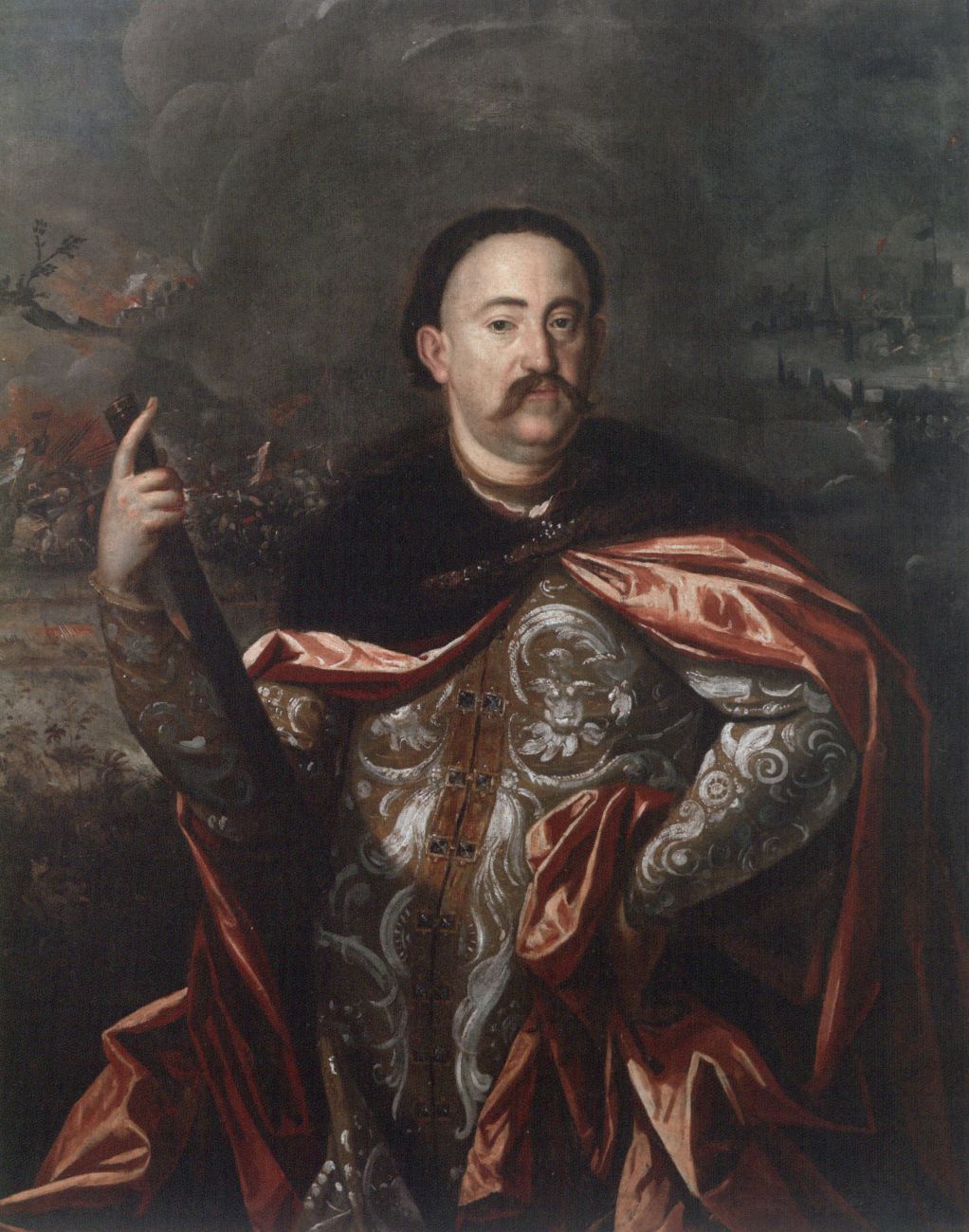
Jan III Sobieski
In 1672, when Ottoman forces advanced against Poland, one man, Jan Sobieski, stood in their way. Though Sobieski’s forces were not strong enough to face the Turks directly, he proceeded to win a series of small battles that led to a peace treaty and to his election as king in 1674. During a ten-year truce, Sobieski reorganized and modernized the Polish army. When his spies discovered the Turks were plotting another invasion, Sobieski joined forces with the Holy Roman Empire and the pope in the quest to preserve Christendom. Leading a combined army of 80,000 Polish, Austrian, and German troops, Jan Sobieski arrived in Vienna to face an Ottoman force of 130,000 men.

After more than 12 hours of fighting, Sobieski claimed victory over the Turks. Vienna and the Empire were saved, the Turkish expansion into Europe was ended, and Sobieski became a continental hero. The extraordinary Polish cavalry, the Hussars, which led the battle, became the stuff of legend. The 1683 Victory at Vienna is a major event in the history of the west and, perhaps, Poland’s greatest moment. The Commonwealth’s king and commander-in-chief is shown here at the Battle of Vienna astride his rearing horse.
The reign of King Jan III Sobieski ended with his death in 1696 and marked the end of the last great era, known as the Royal Republic.

